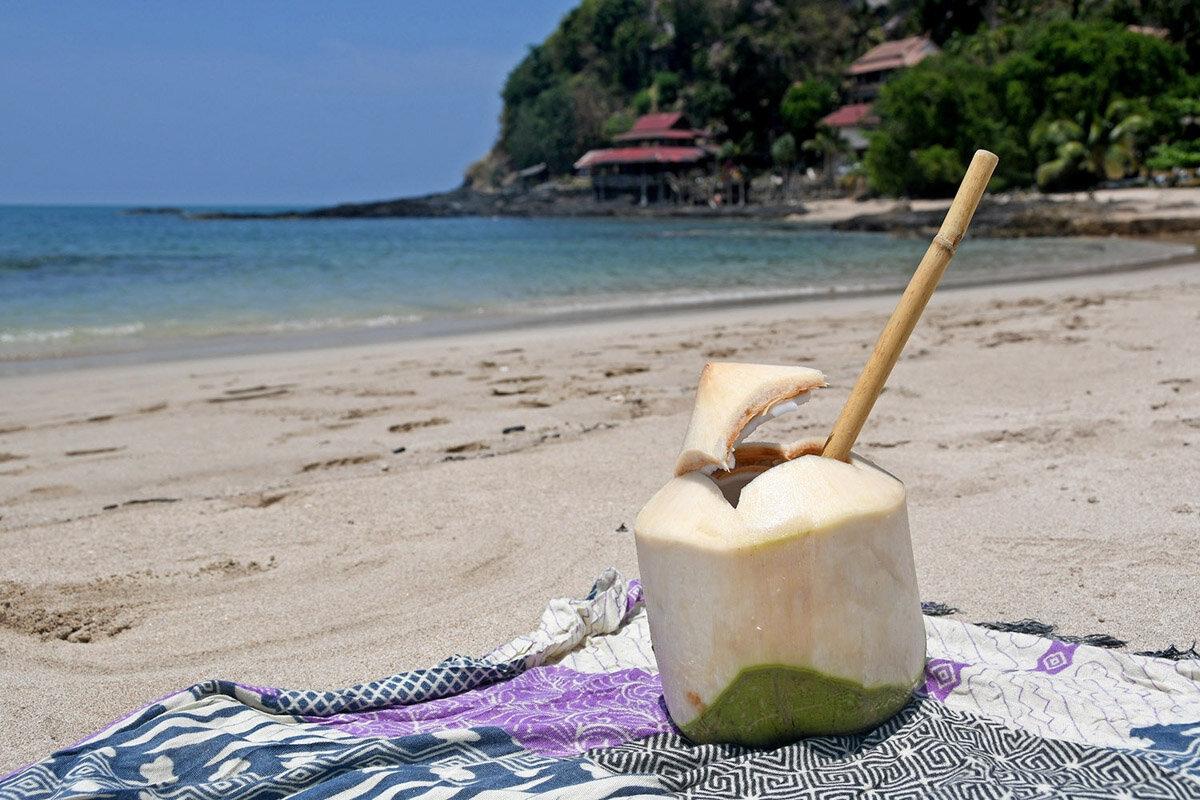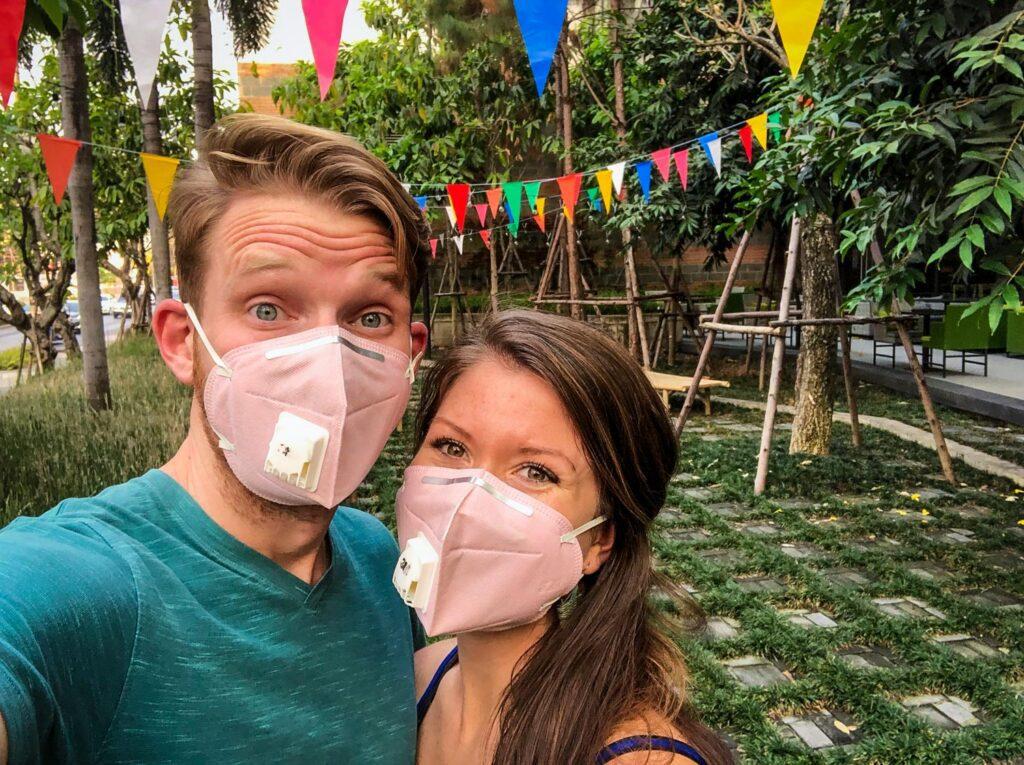Thailand is an incredible destination that attracts backpackers, vacationers, and digital nomads all year round. However, it’s important to note that the seasons in Thailand can vary greatly from region to region and coast to coast. In order to help you plan your trip accordingly, we will explore the seasons of each region and determine the best time for you to visit this beautiful country.

Thailand, located in the heart of mainland Southeast Asia, offers something for everyone throughout most of the year. However, to avoid monsoon rains and smoke season, it’s crucial to do some research and plan your trip accordingly. That’s where we come in!
With its diverse landscape, from the majestic mountains in the north to the stunning islands in the south, Thailand’s climate varies significantly from region to region. Unlike other places in the world, Thailand’s seasons are best described as “cool,” “hot,” and “rainy.”
When is the Best Time to Visit Thailand?
In general, the most comfortable temperatures and the least chance of rain can be found across the country from November to February.

Now, let’s break it down by region…
Bangkok and Chiang Mai
The best weather in Bangkok and Chiang Mai can be enjoyed from November to February. Outside of these months, heavy rains and extreme heat, along with dense smoke in the north, can be expected.
Andaman Sea
If you’re planning to visit the Thai islands, the ideal time to explore the Andaman Sea (Thailand’s southwest coast) is from November to April. Monsoon season occurs from May to September in this region, so it’s best to avoid it during that time.
Thailand’s Gulf
Thailand’s Gulf Coast experiences its best weather from December to March. However, the summer months (July to September) can also be a decent time to visit, with fewer crowds. The monsoon season in the Gulf is much shorter compared to the Andaman Sea, typically lasting from October through the end of November.

When Should I Travel to Thailand?
Determining the best time to visit Thailand depends on various factors. To help you decide, ask yourself the following questions:
- What region of the country do you plan to visit?
- Do you mind a bit of rain?
- Are you easily bothered by crowds?
- Are you negatively affected by high humidity?
- Do you prefer spending time outdoors hiking?
- Are you planning to go scuba diving in Thailand?
Considering your answers to these questions will guide you in determining when to visit Thailand.
Best Time to Visit Thailand Guide
If you’re looking for more detailed information about Thailand, we have you covered. Our article provides an overview of general Thailand information, including our own experience, Thailand geography, a map of the country, weather details, and what to pack for your trip.
We have also organized the seasons by region and listed some of the best things to do during each season throughout Thailand. This will help you plan your itinerary and make the most of your visit.
Our Experience in Thailand
We have personally visited Thailand in all seasons. Living and traveling extensively throughout the country, we have experienced every month except June. Our favorite time to visit Thailand is from November to January, when the weather is most pleasant. However, it’s important to note that certain months, such as mid-February to April, should be avoided due to the burning season and uncomfortably hot temperatures.

Thailand Geography Overview
Thailand, located in mainland Southeast Asia, has a unique shape with a long tail reaching toward the equator. The country encompasses a wide range of landscapes, including high mountains, an upland plateau in the north, central plains, and tropical islands in the south.
Map of Thailand
To help you visualize the different regions of Thailand, we have provided a rough breakdown of the northern, central, and southern parts of the country. Chiang Mai and Chiang Rai are considered part of the north, Bangkok is in the central region, and the southern region consists of the Thai islands and the lower leg.
Weather in Thailand
Thailand’s weather varies from region to region, with the north experiencing the most significant temperature fluctuations throughout the year. The climate is predominantly tropical, with warm temperatures year-round (except for the mountains in the far north).
The seasons in Thailand can generally be categorized into cool, hot, and rainy. However, they can be unpredictable and vary depending on the coast and region. The cool season typically occurs from November to February, the hot season from March to May, and the rainy season from June to October.

To provide a better understanding of the climate in specific areas, we have broken down the seasons by region.
Seasons in Northern Thailand
Northern Thailand experiences less humidity and the most significant temperature range throughout the year. From February to April, the hot season brings dry and dusty conditions, while the cool season from October to January offers more comfortable temperatures.
Seasons in Central Thailand
Central Thailand experiences the three seasons fairly equally throughout the year, with humidity being a constant factor that makes the air feel hotter than the actual temperature.
Seasons in South Thailand & the Thai Islands
Southern Thailand has more consistent temperatures throughout the year, with less variation as you approach the equator. There are generally two seasons in the south: wet and dry. However, the climate can vary depending on the coast and the different monsoons.
Throughout the article, we provide recommendations on the best places to visit and things to do during each season in Thailand. We also highlight which months to avoid certain regions due to unfavorable conditions. Our goal is to assist you in planning an unforgettable trip to Thailand based on your preferences and interests.
Remember, there is no “bad” time to visit Thailand, but by considering the seasons, you can optimize your experience and make the most of your adventure.
Ekilove is your go-to resource for all things Thailand. Whether you’re planning a trip or seeking information about the country, we have you covered.






